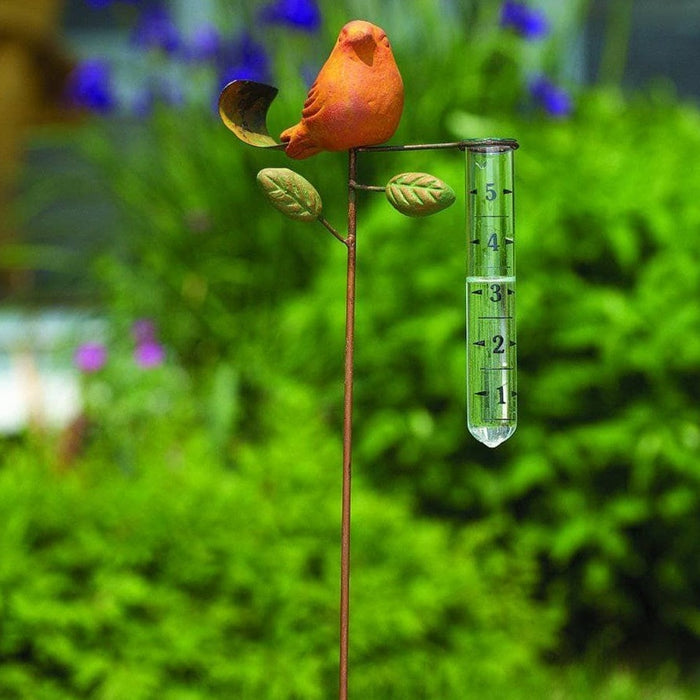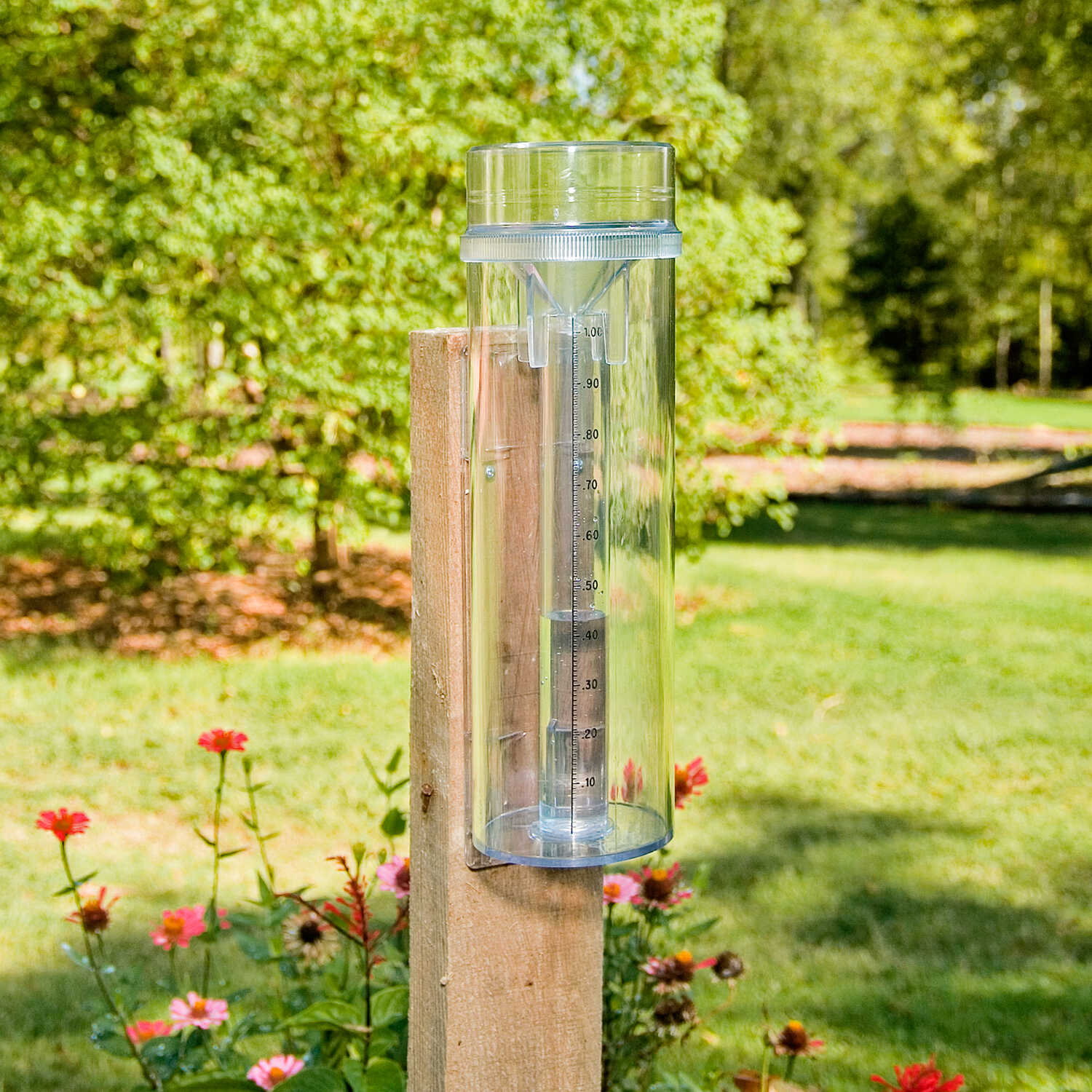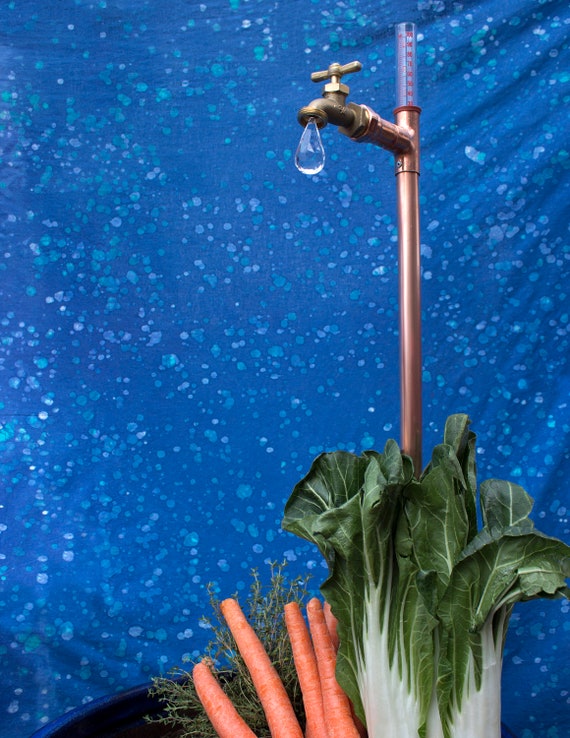The Rain Gauge: Deciphering Rainfall Patterns and Enhancing Weather Awareness
The Rain Gauge: Deciphering Rainfall Patterns and Enhancing Weather Awareness
Blog Article
Exactly How to Pick the Right Rainfall Scale for Accurate Rain Information
To acquire dependable measurements, it is important to choose the ideal rain gauge. Thinking about variables such as location, kind, and accuracy of the rainfall gauge will certainly assist ensure specific information collection. Furthermore, understanding the upkeep and calibration treatments will add to the durability and integrity of your rain scale.
Significance of Picking the Right Rain Scale
The importance of choosing the appropriate rain scale hinges on acquiring reputable and specific rainfall data for exact meteorological analysis. Rain data is important for a wide variety of applications, including climate forecasting, hydrological modeling, and climate study. Inaccurate or undependable information can lead to wrong final thoughts and flawed decision-making procedures.

Second of all, the precision and precision of the rain scale are extremely important. The scale must be able to measure rains with high precision, capturing also little amounts of precipitation properly. It must also reduce errors as a result of evaporation, wind, and other ecological elements. Regular calibration and upkeep are crucial to guarantee continuous accuracy.
Additionally, the area and setup of the rainfall gauge are crucial factors to consider. It ought to be positioned in an open area, far from obstructions that might affect rains measurements. The scale should be positioned at an appropriate elevation and angle to avoid spilling and guarantee correct catchment of rainwater.
Factors to Think About When Choosing a Rain Scale
When selecting a rain scale, there are several essential variables to consider. These aspects can substantially affect the precision and reliability of the rainfall data accumulated. The initial element to think about is the sort of rainfall gauge. There are different types readily available, consisting of basic rainfall determines, tipping bucket rain evaluates, and evaluating rainfall determines. Each kind has its own advantages and drawbacks, so it is necessary to pick one that best suits your particular requirements and demands.
Another aspect to take into consideration is the material of the rainfall gauge. Rainfall gauges can be made of different materials, such as glass, steel, or plastic. The material chosen should be immune and sturdy to weather, making sure that the rainfall scale will certainly stand up to the aspects and offer accurate dimensions with time.
Precision is likewise an important element to consider. Look for rainfall evaluates that have been adjusted and checked for accuracy. Attributes such as anti-splash rings and funnels can likewise improve the precision of the dimensions.

Last but not least, consider the environment and environment in which the rain scale will be utilized. Various rain assesses appropriate for different environments, so it is very important to select one that is appropriate for the conditions in your area.
Various Types of Rain Determines Available
To additionally discover the variables to take into consideration when choosing a rainfall scale, it is important to understand the different types of rain gauges available. The most common type is the basic rain gauge, also known as the round rainfall scale.
An additional kind of rain gauge is the tipping pail rainfall gauge. This gauge makes use of a seesaw-like system to gather and measure rains. As the rainfall falls under the scale, it fills up one side of the bucket, creating it to tip and clear the water. The variety of ideas is counted digitally to identify the amount of rains. Tipping bucket rain determines are preferred for their accuracy and capacity to determine rainfall strength.
A third kind of rain scale is the evaluating rainfall gauge. This scale makes use of an equilibrium system to measure the weight of the collected rains. As the rain comes under the scale, it is collected in a container connected to a balance. The weight of the water is gauged, and the rainfall quantity is calculated based upon the weight. Evaluating rain assesses are highly precise but can be a lot more expensive and need normal maintenance.
Lastly, there are additionally remote rain assesses that use advanced technology to determine rainfall (The Rain Gauge). These evaluates usage sensors and transmitters to send out information wirelessly to a central device. Remote rain assesses are convenient for checking rainfall in hard-to-reach areas or for massive information collection
How to Establish the Accuracy of a Rain Scale
One means to assess the accuracy of a rainfall scale is by conducting routine calibration dimensions. Calibration entails comparing the readings of a rain gauge to a standard measurement, such as a certified rain scale or a climate terminal with high accuracy. By comparing the measurements, any inconsistencies or mistakes in the rainfall scale can be determined and represented.
To perform a calibration dimension, beginning by accumulating rains information from both the rainfall scale and the typical dimension tool over a details time duration, such as a month. Compare the readings and calculate the difference in between them. This distinction is understood as the calibration error.
It is very important to keep in mind that calibration dimensions should be executed routinely, as ecological variables, such as particles, temperature, and wind, can affect the precision of the rainfall gauge with time. By carrying out regular calibrations, find more any kind of modifications in the accuracy of the rainfall gauge can be spotted and adjustments can be made appropriately.
Along with calibration, it is additionally recommended to tidy and maintain the rainfall gauge regularly to guarantee its accuracy. Eliminate any particles or obstructions that might affect the precision of the measurements, and inspect for any indications of damages or use that might require fixings or replacement.
Tips for Keeping and Calibrating Your Rain Scale
Regular upkeep and calibration are important for guaranteeing the accuracy and dependability of your rainfall gauge in gauging rainfall information (The Rain Gauge). By following a few basic tips, you can make sure that your rainfall gauge is appropriately preserved and calibrated
To start with, it is essential to clean your rainfall scale routinely to avoid any debris or dirt from blocking the rain collection system. Make use of a soft brush and a moderate cleaning agent to delicately clean the helpful resources inside and beyond the gauge. Rinse it completely with tidy water and permit it to dry completely before reinstalling it.
Secondly, it is suggested to adjust your rainfall scale at the very least annually. Calibration involves contrasting the dimensions of your rain scale with those of a relied on and exact reference gauge. This will certainly aid you determine and deal with any possible errors in your rain scale's measurements.
To calibrate your rain gauge, collect a known quantity of water using a gauging container and contrast it with the dimensions tape-recorded by your rainfall scale. Readjust the readings accordingly to make certain precision.

Conclusion
In verdict, selecting the appropriate rainfall gauge is essential for acquiring precise rainfall information. Aspects such as location, function, and budget plan must be considered when picking a rainfall gauge. There are different kinds of rainfall assesses readily available, each with their very own advantages and limitations. It is essential to frequently keep and adjust your rainfall scale to guarantee its accuracy. By complying with these guidelines, accurate rains data can be gotten for various applications.
There are various types available, consisting of conventional rainfall gauges, tipping bucket rain evaluates, and evaluating rain assesses.To additionally explore the elements to think about when choosing a rainfall scale, it is vital to recognize the different types of rain determines readily available. The most usual type is the conventional rain gauge, additionally recognized as the round rain scale.An additional kind of rainfall scale is the tipping container rainfall gauge. Calibration entails comparing the readings of a rainfall gauge to a conventional measurement, such as a licensed rainfall scale or a see page weather station with high accuracy.
Report this page